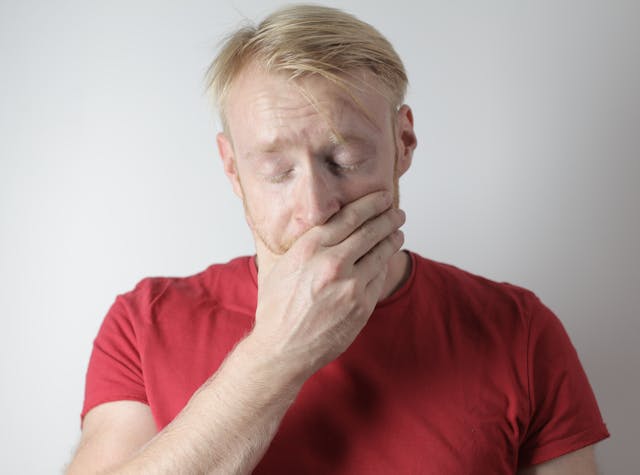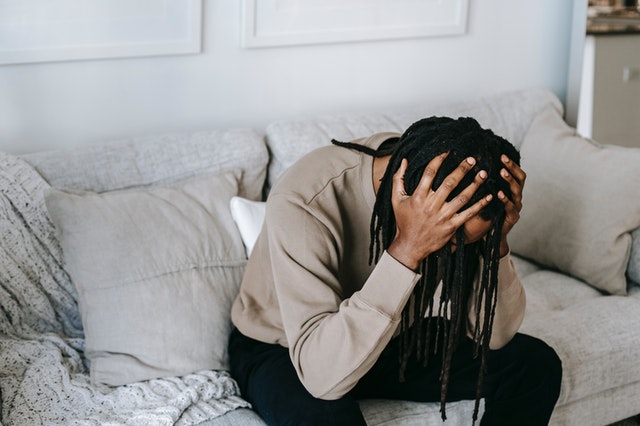Anxiety on its own is a normal part of life. In fact, anxiety can be quite useful. As an emotion or a reaction, anxiety is not a disorder. Everyone gets nervous. We all experience worry and fear. Sometimes, we even have to deal with dread. Again, all of this is normal. Anxiety is designed to protect us and it often does.
However, as it has for an increasing number of people, anxiety can become a chronic problem. We lose track of what is and isn’t a genuine threat. For our bodies, this means we get stuck in some version of the fight, flight, or freeze response. Problems arise when anxiety is too frequent, too intense, or when anxiety creates impacts that are too great. These three factors lie at the root of a wide range of anxiety disorders.
Common Anxiety Symptoms
Of course, signs and symptoms will vary depending on the individual. Even so, some almost universal trends exist, e.g.
Emotional/Psychological Symptoms
- Feeling agitated, restless, and irritable
- Chronic, out-of-proportion worrying and fear
- Racing thoughts
- Panic and/or panic attacks
- Ongoing fear of danger (real or perceived)
Physical Symptoms
- Sleep disturbances and insomnia
- Unexplained pain — often headache or stomachache
- Tight and tense muscles
- Fatigue
- Outward signs of nervousness like breathing changes, increased heart rate, trembling
Recognize These Anxiety Disorder Types
Generalized Anxiety Disorder (GAD)
As the name implies, GAD can cover a lot of ground. The anxiety is pervasive and persistent. It can interfere with day-to-day responsibilities — from small chores to your family’s health and beyond.
Social Anxiety Disorder
Again, the name explains part of the condition. People with social phobias experience intense anxiety related to situations that require them to be social or to perform. Social Anxiety Disorder builds on itself. Someone with this problem knows it and thus, they fear others also recognizing it. All this can add up to isolation and withdrawal.
Obsessive-Compulsive Disorder (OCD)
OCD is well-known but how many of you understand that anxiety is at this disorder’s root? The “obsessive” part refers to the recurring intrusive thoughts (obsessions). The compulsions are the repetitive behaviors people use to relieve the fear created by the obsessions.
Post-Traumatic Stress Disorder (PTSD)
Another condition with which many are familiar, PTSD also has anxiety as its foundation. Upon enduring a horrific event or series of events, a person can experience trauma. If that trauma is not resolved, it can leave you a perpetual, hyper-vigilant state of high anxiety.
Panic Disorder
Repressed anxiety has a tendency to explode in short panic attacks. Such an attack leaves a person in pain, sweating, shaking, dizzy, and possibly dissociated. In general, panic attacks are brief but intense. This intensity creates more anxiety in anticipation.
Phobias
Anxiety can manifest as a persistent fear of something that is not inherently harmful. For example, agoraphobia is a fear of being in a public space from which you cannot escape. It combines some elements of social anxiety and panic attacks. As a result, a person with agoraphobia may avoid crowds, public transportation, or being outside without a companion.
Separation Anxiety Disorder
Despite its reputation, this issue impacts more than children. Whatever your age, Separation Anxiety Disorder presents as a powerful fear of being out of contact with the target of your attachment. This can manifest in nightmares and/or a willingness to be alone. Also, someone with Separation Anxiety Disorder often lives in fear of something happening to the person with who they feel attached.
Anxiety is Treatable
Anxiety disorders are the most common mental help condition. They sometimes arise from specific events. More often than not, the cause is not immediately clear. In any case, help is required and help is available. It all begins with contacting a qualified professional. Please read more about anxiety therapy. Let’s connect and talk about it soon.





